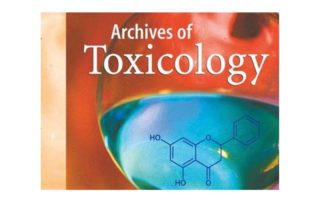Toxicogenomics: A 2020 Vision
Toxicogenomics: A 2020 Vision Together with the promotion of non-animal testing, in vitro toxicogenomics (TGx) may play a vital role in the next generation risk assessment paradigm. A strategic shift in risk assessment provides an unprecedented opportunity for repositioning TGx in the regulatory setting. As the emerging technique continues [...]













